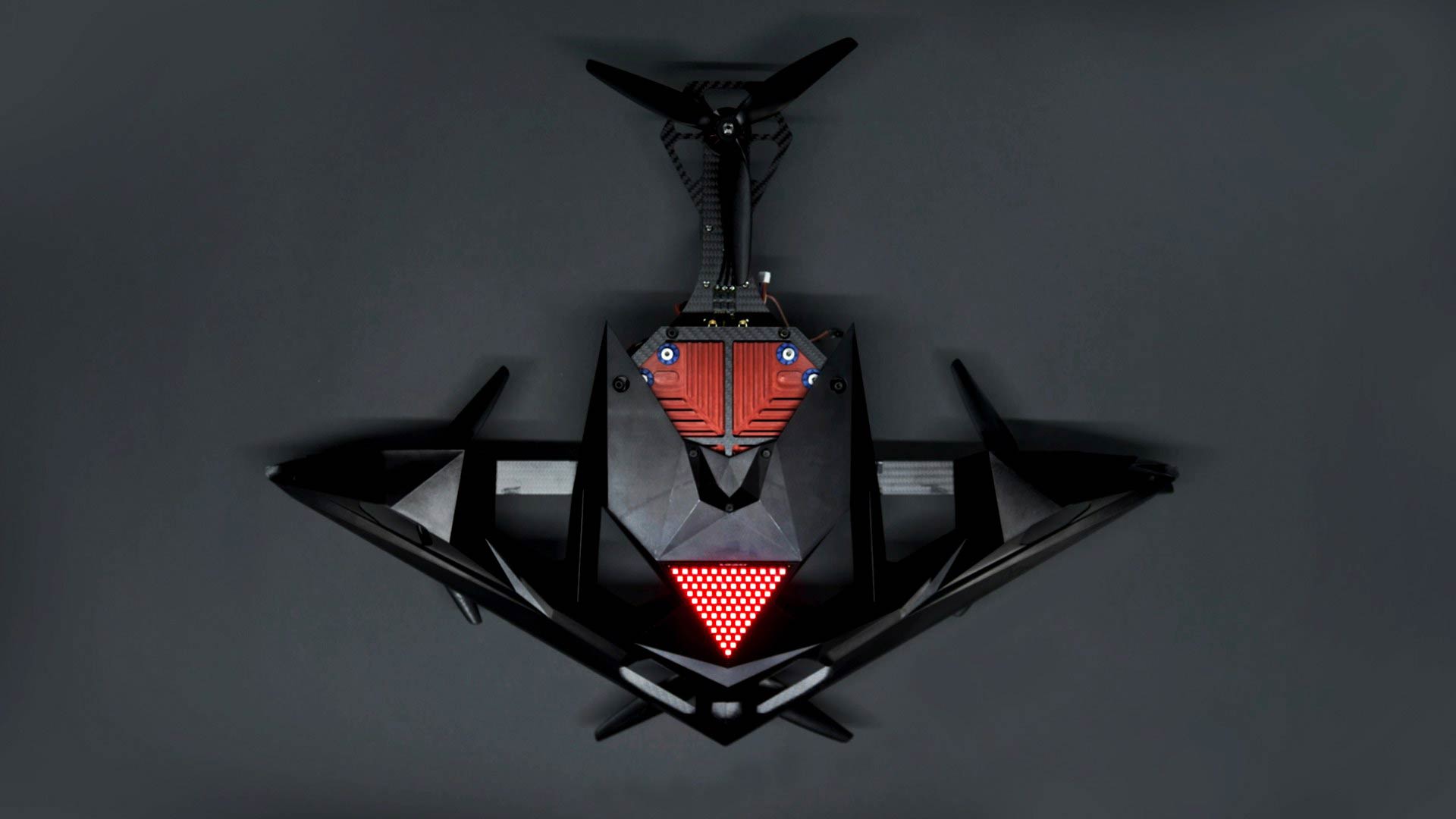The Drone Racing League held its first Human vs. AI match.
Lockheed Martin as the main sponsor, launched AlphaPilot, an open innovation challenge to develop artificial intelligence for high-speed racing drones.
During a robust submission process, 424 developer team applied, representing 2300 innovators from over 80 countries. From there, Lockheed Martin and the Drone Racing League narrowed the field down to just 9 teams.
On the human side, was the professional drone pilot Gabriel Kocher, who goes by the name Gab707. He took the challenge, and was pitted against the fastest AI-powered drone at the event, developed by Delft University of Technology’s MavLab.
The league created its Artificial Intelligence Robotic Racing (AIRR) circuit this 2019. The event was held on November 6th, in an old newspaper printing plant in Austin, U.S..
Pitted against Kocher, the MavLab’s AI lost.
Kocher flew away with the victory, running the course in half the time the AI took. He crossed the finish line through the hoop in six seconds, while the robot flew the course in 12 seconds.
The Drone Racing League is not like any traditional RC races. The league is considered more like a more extreme sport - a race where the pilots need to control their drones flying at over 120 km/h. Controlled in first-person perspective by the pilots through the use of video goggles, the league’s website said that the experience is similar to Star Wars’ Pod Racing.
The drones being used weigh about 3 kilograms, and are also unlike any modern drones available in the market. They are sleeker, and powered by hardware capable of generating more than 20 pounds of thrust. These give them the ability to accelerate and maneuver much faster.
The AI-powered drones are called RacerAIs.
All teams, human-powered drones and RacerAIs use the same material and hardware, so the competition, which consists of five heats, is competitive. The differences are, RacerAIs don't have radar or GPS. Instead, the AI-powered flying machines use NVIDIA Jetson AGX Xavier to connect two pairs of cameras for a larger field of view than humans.
RacerAIs were programmed to perceive where they are and where they should go, in which was coded before the race.
And at the race, the RacerAIs would make the decisions by themselves, without human interventions, and race by relying only on the code they have been programmed with.
Kocher who sat behind a net with video goggles on his head, steered his drone through five hoops on a short and curvy course.
On the MavLAB's side, Federico Paredes Vallés, Guido de Croon, Christophe De Wagter, and Nilay Sheth observed their programmed and automated drone, which was made to resemble a mini Stealth Bomber.

While the MavLAB's AI drone lost, the team defeated five other teams that qualified for the AIRR Championship, and pocketed a hefty $1 million prize from sponsor Lockheed Martin.
Kocher who has a Ph.D in physics, was relieved to have won, but said that human's superiority over machines won't last forever.
This is also what experts have long said: it will just be a matter of time before AI can defeat humans, including piloting drones. The Drone Racing League’s chief technology officer, Ryan Gury, also expects AI to beat humans by 2023.
This was also the reason why Lockheed Martin wanted to sponsor the AIRR circuit for programmers, professors, students, physicists, and the pilots.
The American global aerospace, defense, security and advanced technologies company have long piloted its drones to military purposes, helped the authorities and firefighters, and assisted in rescue missions.
“The things that have been that fast in the lab don’t go that fast in the real world,” explained Chelsea Sabo, the technology lead of the contest and a software engineer at Lockheed Martin. “This is the first time that we’ve really taken a lot of this out of the lab and put it in a realistic environment and seen what it can do.”
Automated technology for drones has improved significantly mostly because of better graphics processing units (GPUs).